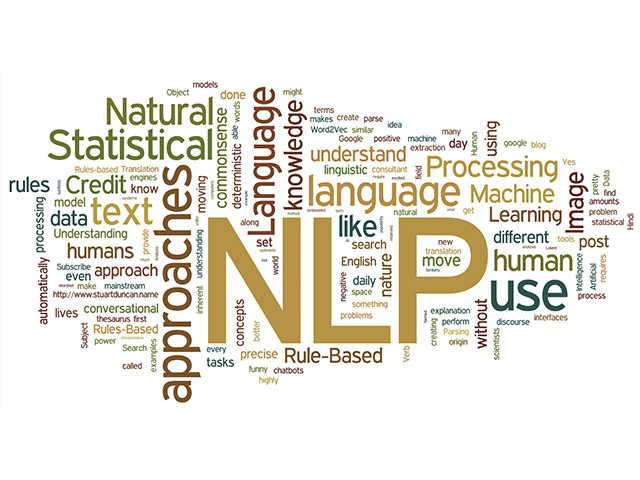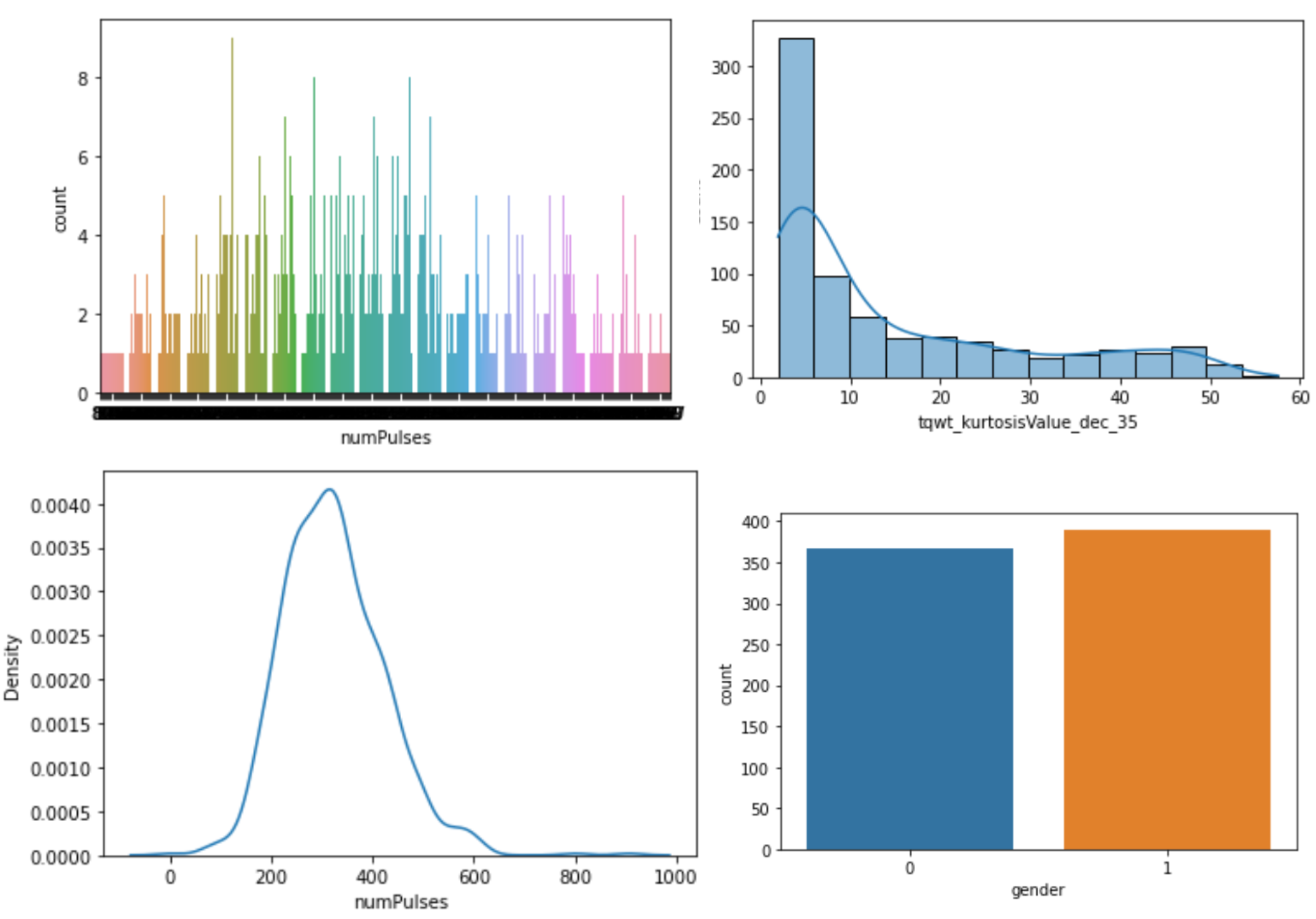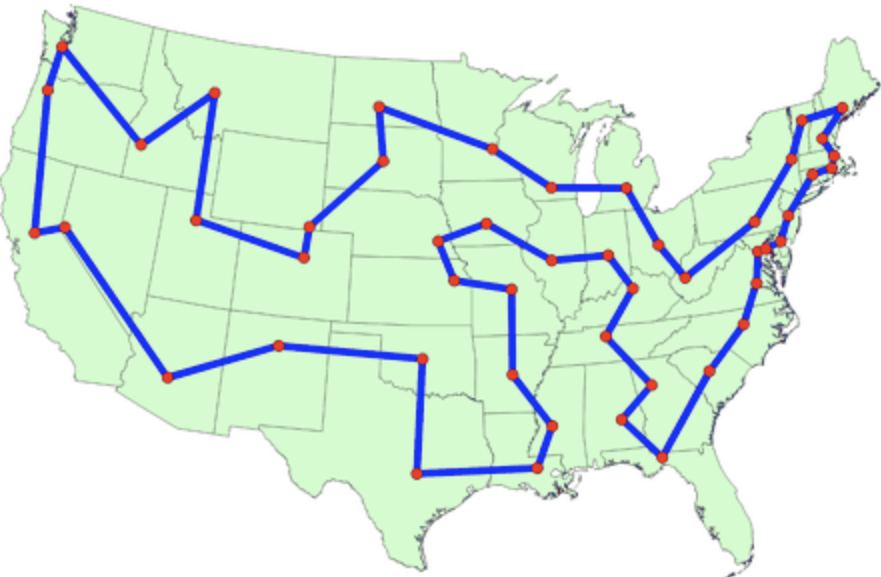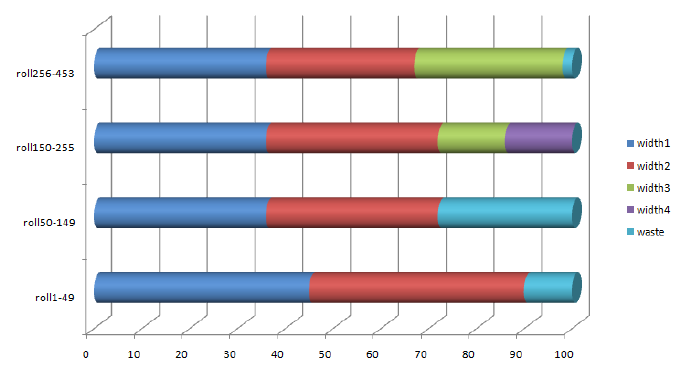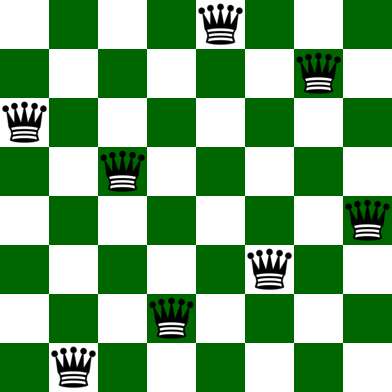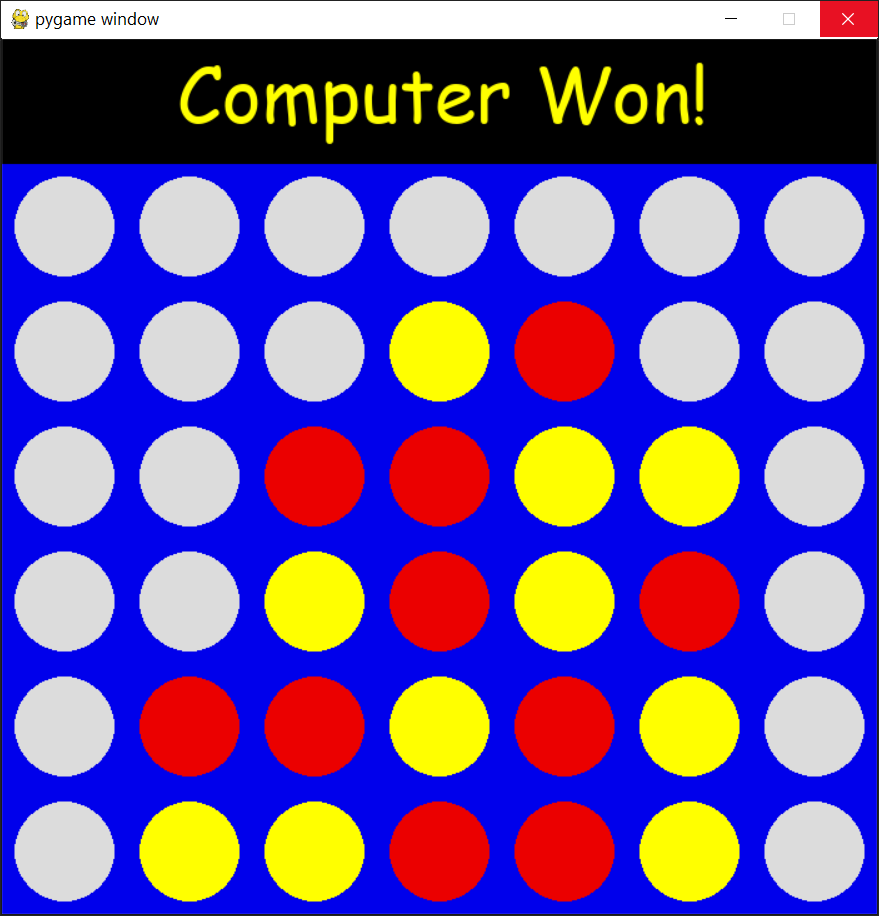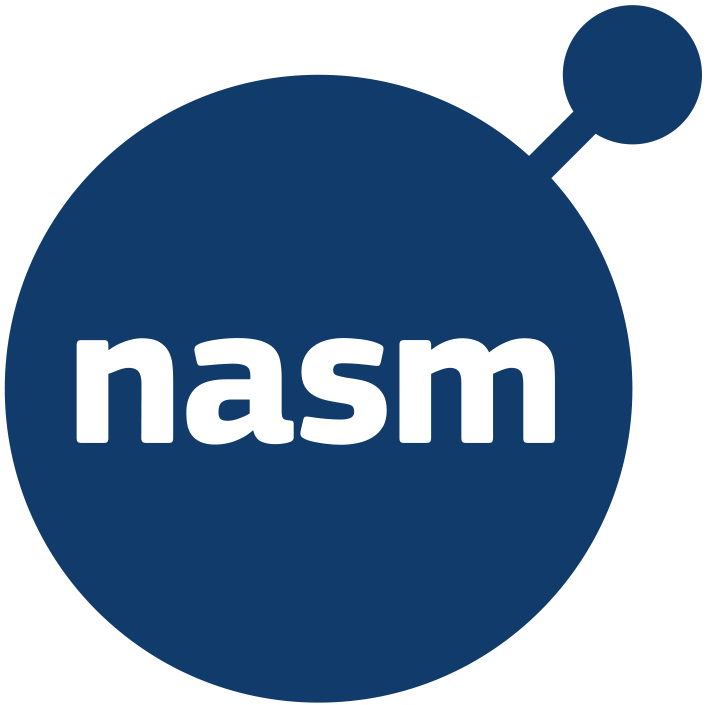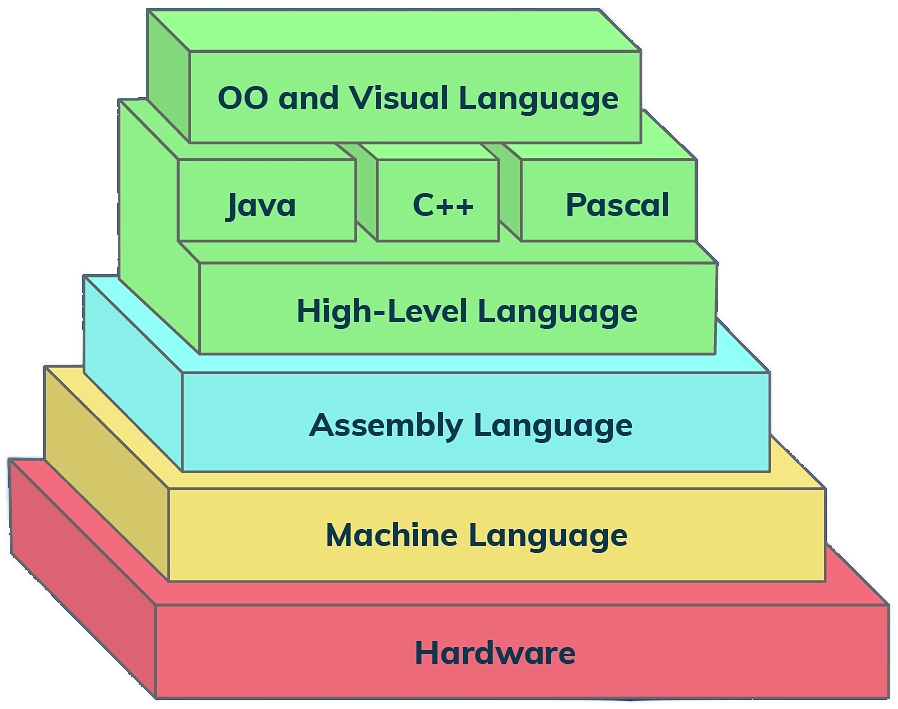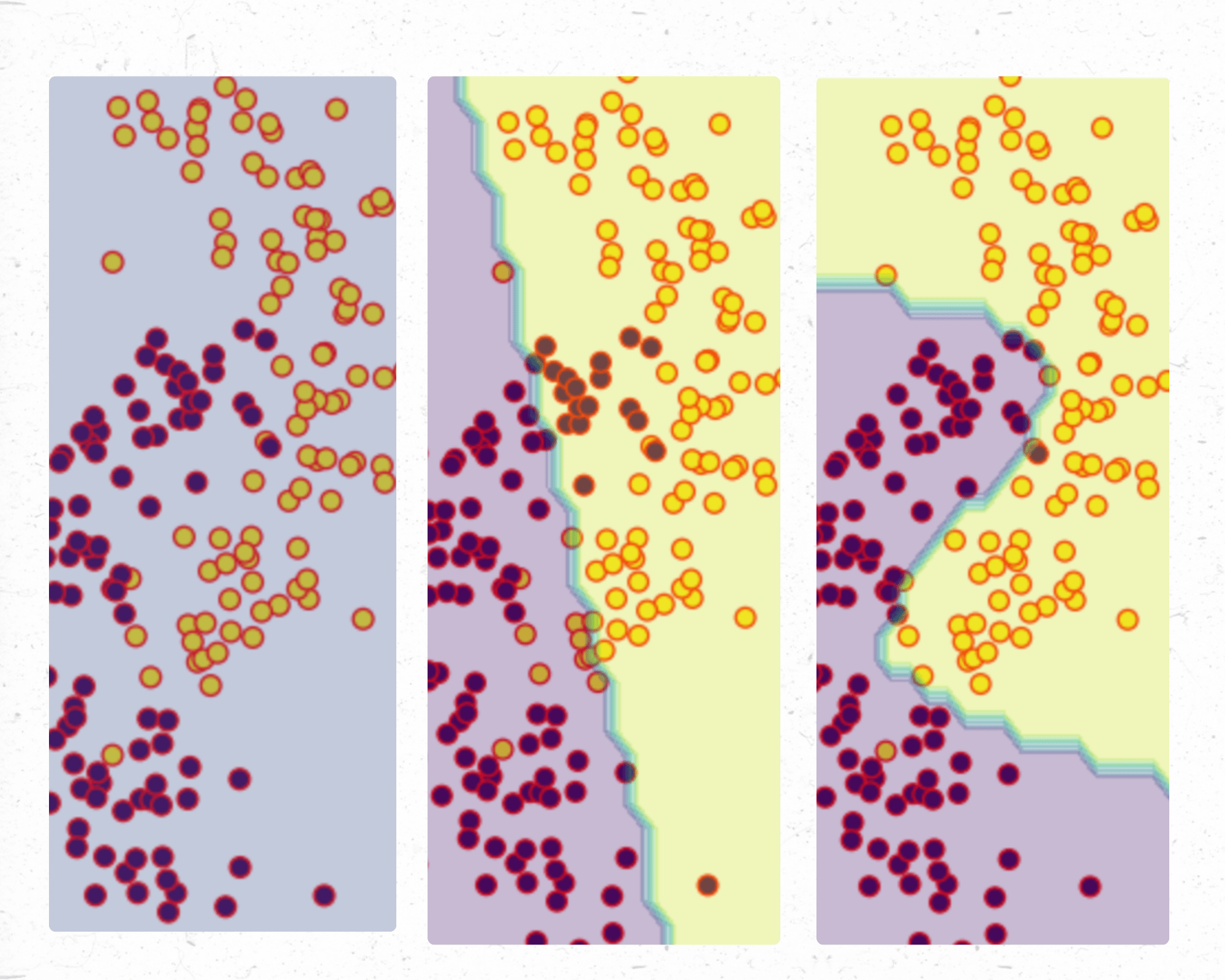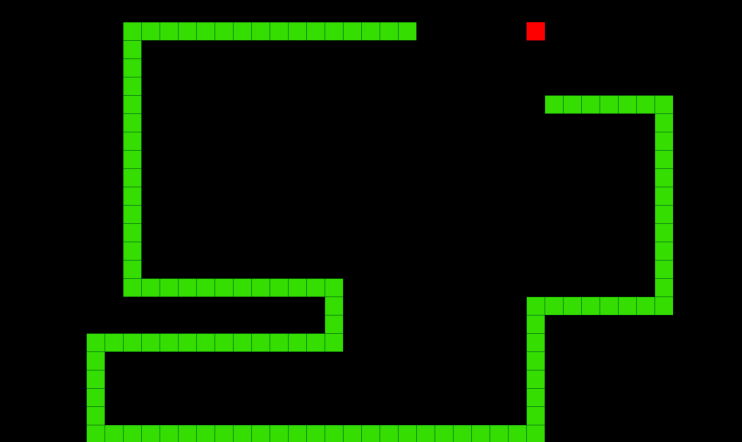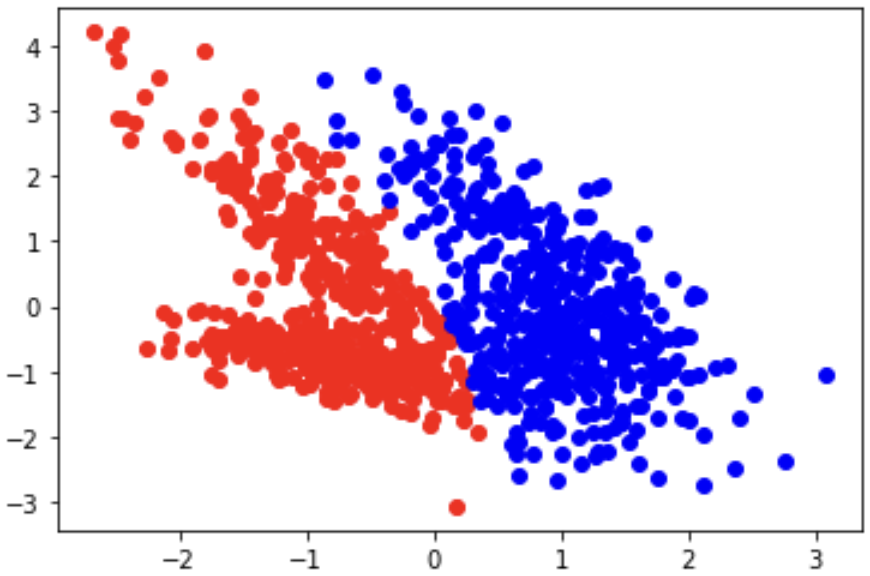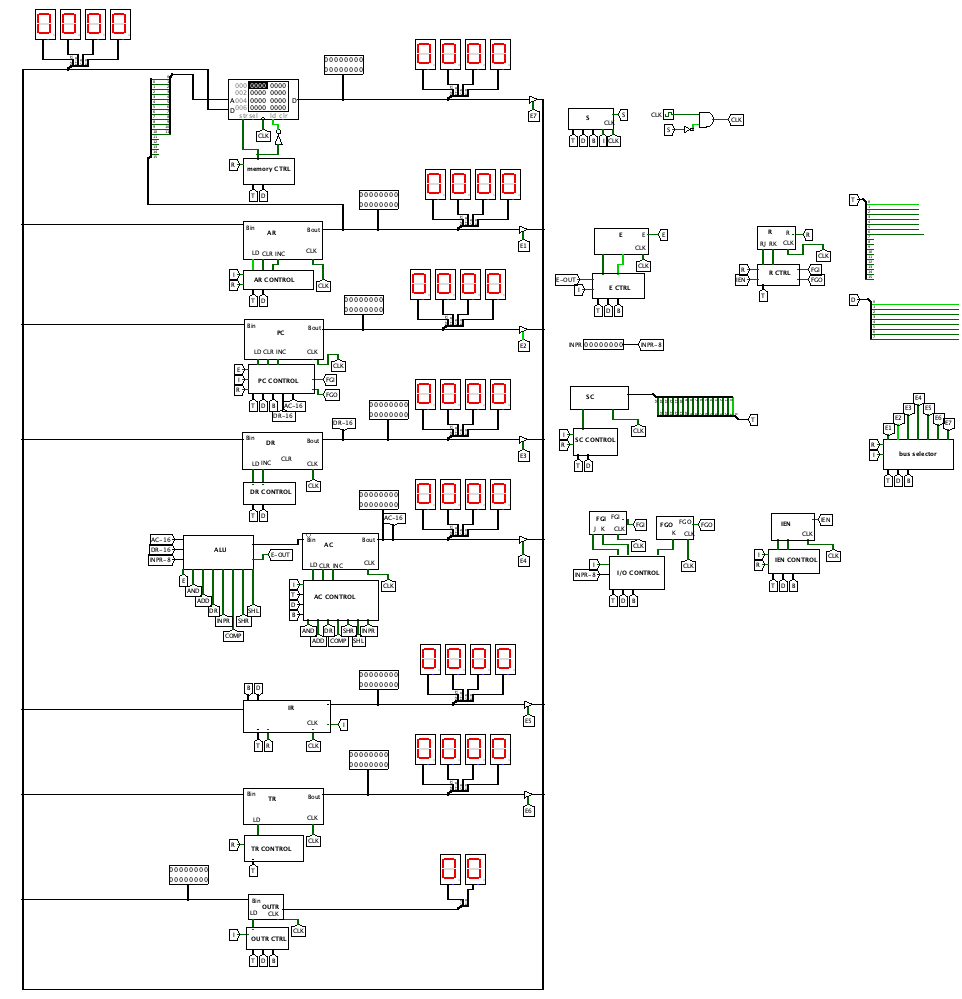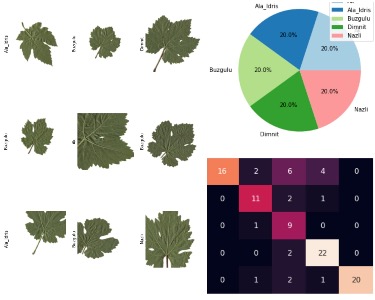
Grapevine Leaves Classification
Project Date: July 2022
Data Mining Course's Project
This project is the final assignment for a data mining course. The primary objective is to classify grapevine leaves into five distinct classes using various deep learning models, including MobileNetV2, ResNet50, EfficientNetB3, and InceptionNetV3. The project also explores the impact of autoencoders on classification accuracy and employs 10-fold cross-validation as a performance metric.
Libraries Used: tensorflow, keras, PIL, pandas, numpy, sklearn

